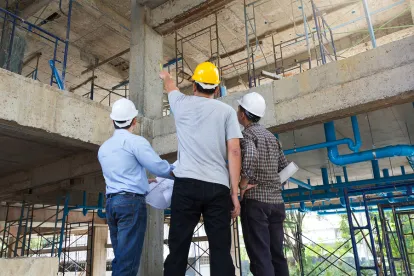The University of Connecticut will pay $28,125 as part of a settlement with U.S. EPA resolving allegations that UConn improperly disposed of PCB-contaminated soils during a renovation project in 2013. Academic institutions with buildings built or renovated in the 1950s, 60s, and 70s need to be particularly careful to use knowledgeable contractors and consultants as many building materials from that time period contain PCBs, the disposal of which is carefully regulated. EPA claimed that UConn transported and disposed of soil contaminated with PCBs from window caulk to a facility not licensed to take the material under an incorrect manifest.
According to EPA guidance, PCBs are commonly found in building materials currently in use in institutions such as schools built or renovated between 1950 and 1979. Building materials that may contain PCBs include caulking around windows, building joints, masonry columns, and door frames. PCBs may also be found in adhesives, ceiling tiles, acoustic boards, and paints, as well as certain lighting fixtures. PCBs in these materials may contaminate adjacent materials, as well as nearby soil.
Any renovation project involving PCB-contaminated building materials must be conducted consistent with the Toxic Substances Control Act, as well as employee safety rules. This includes ensuring that the work is done by trained workers using safe work practices such as using appropriate personal protective equipment and minimizing dust, as well as ensuring that PCB-contaminated waste is properly managed through proper disposal.
According to EPA, UConn failed to classify soil contaminated with PCBs from window caulk as PCB remediation waste. As a result, UConn transported the waste under a manifest that did not identify the material as PCB remediation waste and sent the waste to a facility not licensed to accept PCB remediation waste.
Any academic institution planning renovation work should evaluate whether the buildings contain hazardous building materials such as PCBs, asbestos, and mercury before beginning work, and hire knowledgeable and reputable consultants and contractors to ensure that these materials are handled properly.




 />i
/>i
